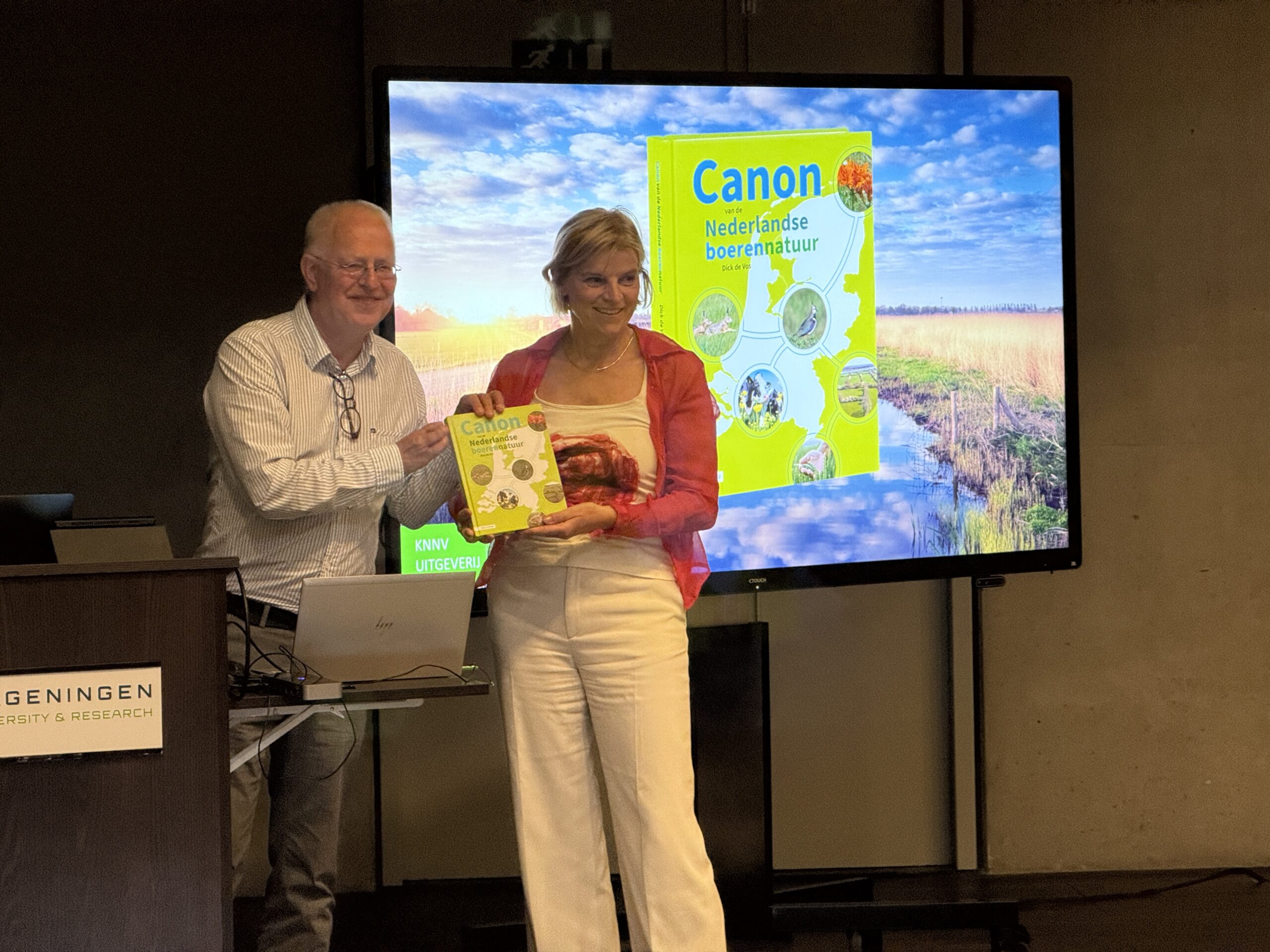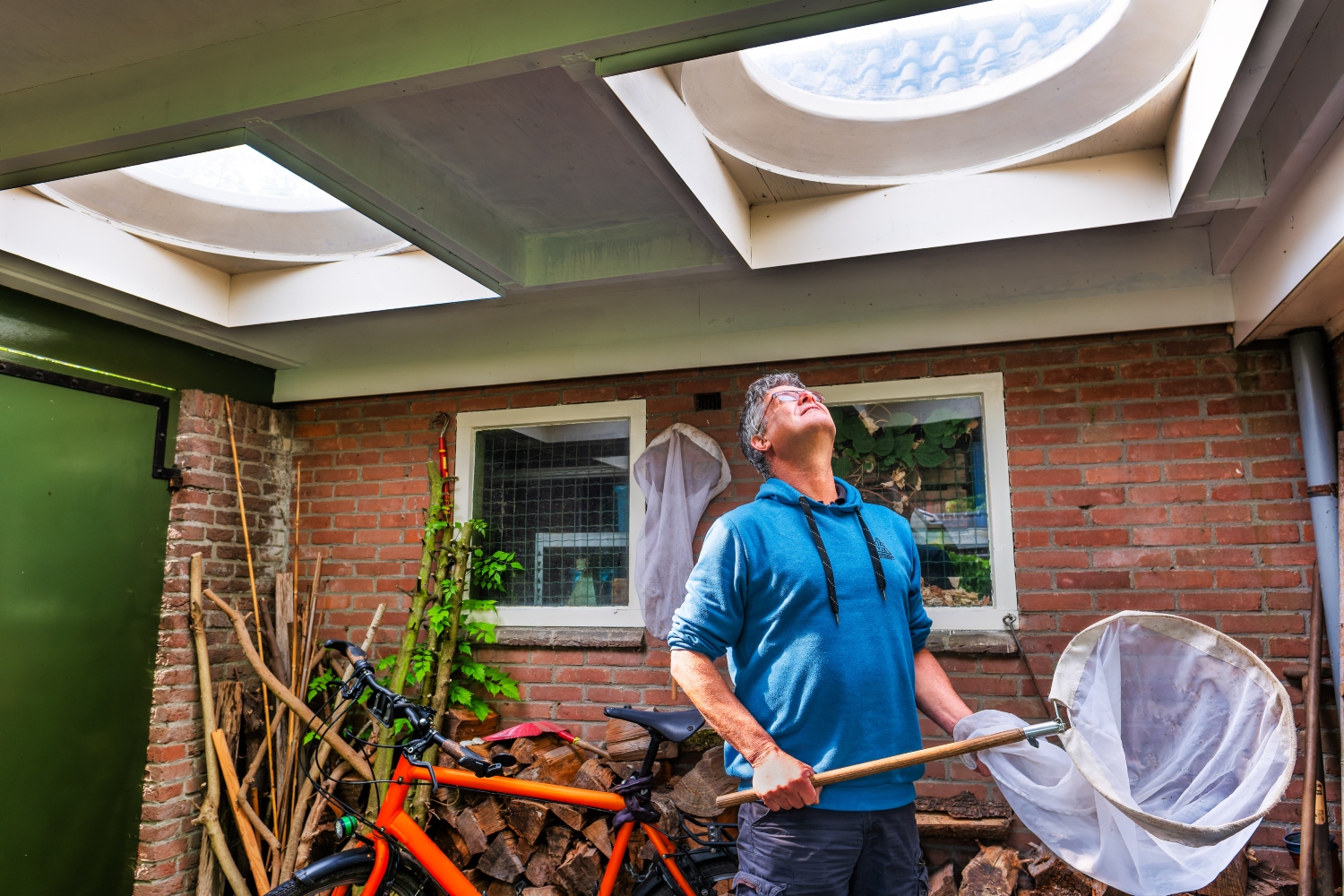In the excursion to the Pyrenees, Biology students delve into the biodiversity of this mountainous region. This year sees the 50th edition of an excursion that first took place in 1972. Roel Lemmens may well have been on it most often, first as a student in 1979 and then on numerous occasions as a guide and teacher. He takes a trip back in time with Resource.
For him, the Pyrenees excursion was one of the reasons to choose Wageningen for his degree. And even though he is now retired, botanist Roel Lemmens (68) is not about to give up: he is joining this year’s trip too. ‘The new generation of excursion guides are already pretty experienced: they know the place well and where you need to be. My role is mainly for in an emergency. For example, if it turns out a lot has changed at a particular excursion location, I come up with a plan B. But really they can manage fine without me.’
The Pyrenees veteran has seen the excursion change over the course of time. ‘The Biology degree programme started at what was then the Agricultural College in 1970-1971,’ says Lemmens. ‘The excursion was a module for second-years and took place for the first time in 1972. The men who came up with the idea were professor of Plant Taxonomy and Geography Hendrik C. D. de Wit and his colleague André Baudière, a respected botanist at Toulouse University, who knew the flora of the Pyrenees like the back of his hand.’ Their idea for this module was based on a certain philosophy, explains Lemmens. ‘In this part of the Pyrenees, you have the whole range of fauna and flora communities from coastal to high mountains close together. You can cover a distance of less than 100 kilometres and travel from sea level to mountains of 2600 metres. You find Mediterranean communities, Alpine communities and everything in between. The Pyrenees are great for biodiversity.’ Entomologist and shorebug specialist René Cobben joined from the second edition in 1973, laying the foundation for the fauna component of the course.
Sangria parties
What does Lemmens remember of those early days? ‘I took part as a student in 1979, which was still the Baudière era. Like now, it was about flora and fauna, but it was also an introduction to French culture. There was always a wine-tasting event. Baudière knew a baron who lived overlooking a valley on the Spanish border so he would organize a sangria party for us. We were also invited to drink wine with the mayor of the place where we were staying. He taught us how to fillet a trout properly so you don’t get too many bones when you’re eating it.’
The agenda was less pre-planned in Baudière’s day. ‘He would say at breakfast: the weather looks good so let’s go here. If the next day was cloudy, we’d have to head off there.’ The excursion was more of an adventure than it is these days, says Lemmens. ‘For many students, it was their first time in the mountains and their first encounter with many of the plant and animal species. These days, students have seen more of the world so it’s less of an adventure for them.’
Research project
The module looks very different nowadays, explains Lemmens. ‘In the past, students would obediently traipse behind a teacher who called out the names of the plants he spotted. Now they have their own project and do their own research. That’s a big improvement.’
What do these projects look like? ‘Students might compare a north-facing slope with a south-facing slope,’ says Lemmens. ‘They look at what organisms they find and how that differs between the two slopes. Then they have to explain those differences. In this example, you could argue the snow melts earlier in the spring on the south-facing slope because it gets the sun earlier. That means the vegetation and animals are exposed and suffer more from the severe frosts you sometimes still get at night. On the north-facing slope, the snow stays longer and plants and animals are therefore better able to survive because the snow has an insulating effect. As a result, you see differences both in the plants and animals above ground and in the nematodes and fungi below ground.’ After returning to Wageningen, the students spend another week in the lab to identify the nematodes and insects for their project, using DNA analyses.
The assessment of the students has also become more professional. ‘Before, we would sit down with the whole group, all with a glass of wine, and discuss who should get what grade.’ These days, students are assessed on their contribution, their own projects and how good they are at identifying insects and plants. ‘In the exam, they get open questions on various ecological aspects,’ says Lemmens. ‘You need to be able to explain why a particular insect lives in one place and not in another, for example.’
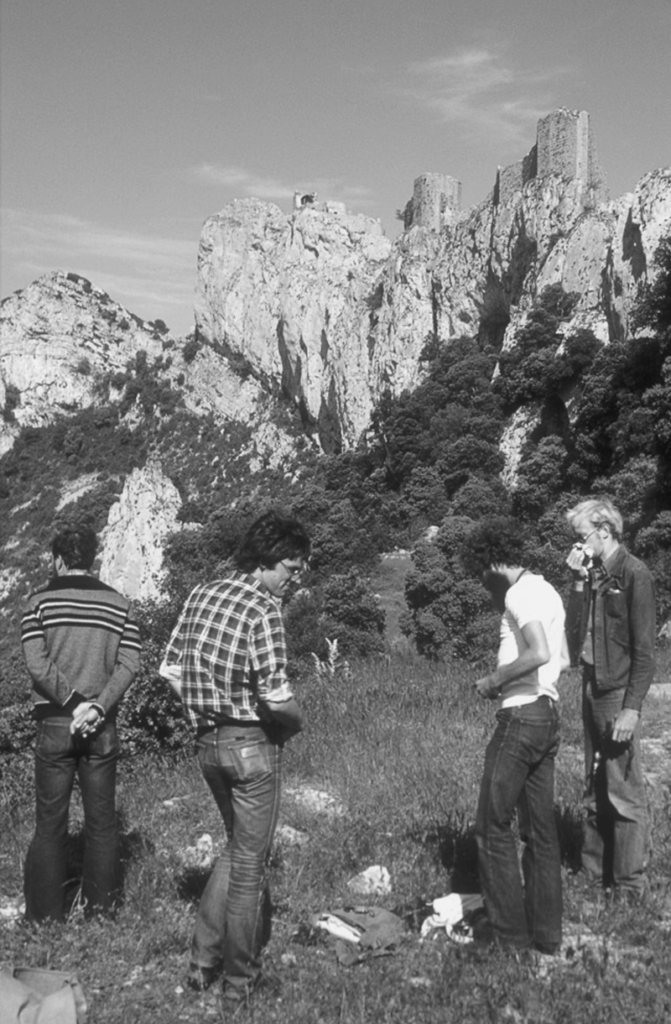
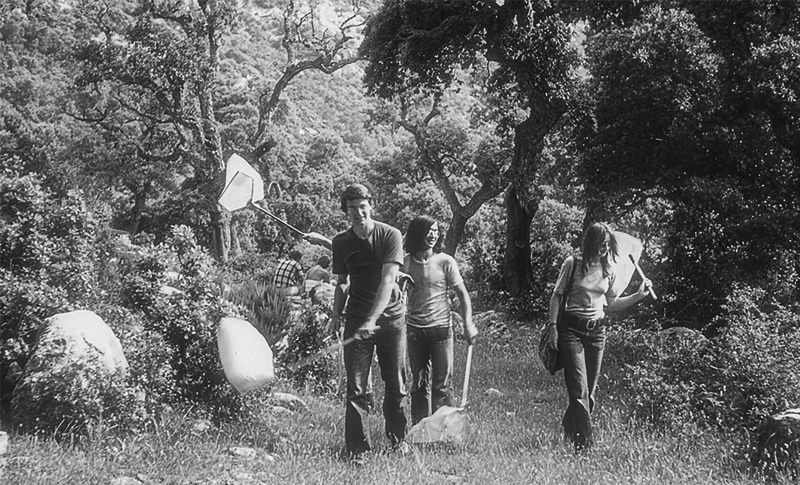
Facts
1. The module that once began as ‘Flora and Fauna of Europe’ is now called ‘Webs of Terrestrial Diversity’. It is coordinated by Casper Quist and Nina Fatouros of the Biosystematics group.
2. During the excursion, students develop determination skills and learn microscope and DNA techniques that they can then use to answer ecological questions.
3. Since 2014, when the Nematology group joined the course, students have looked at biodiversity in the soil as well as flora and fauna.
4. The course was cancelled in 2020 because of COVID. In 2021, an alternative programme was organized in South Limburg. Students who had missed out were able to join the excursion in 2022.
5. The Pyrenees excursion is always rated highly by students and was nominated again this year for an Excellent Education Prize.
Spectacular views
Biology student Leonie Postema (20) on this year’s Pyrenees excursion:
‘We spent the first week on the coast near Tuchan. Now we’ve arrived at Bolquère, our second location, which is higher up in the mountains. The food is not quite so good here but we have unlimited wine. Some people are having trouble adjusting to that. On the other hand, you soon get over your hangover with the fresh air up in the mountains.’
‘We had the afternoon off the day we moved to Bolquère. I explored the local area and I found myself immediately going into biologist mode: before I knew it I was identifying plants.’
‘Today we were at our best location yet, an amazing valley. I was walking a bit faster than the rest so I was able to take a lot of stops while they caught up. Then you look around you and just enjoy the spectacular views. Because even though we’re basically busy all the time, it’s so beautiful here you can’t fail to enjoy it.’
If you are curious to know how the current students are finding the excursion, check out www.resource-online.nl.

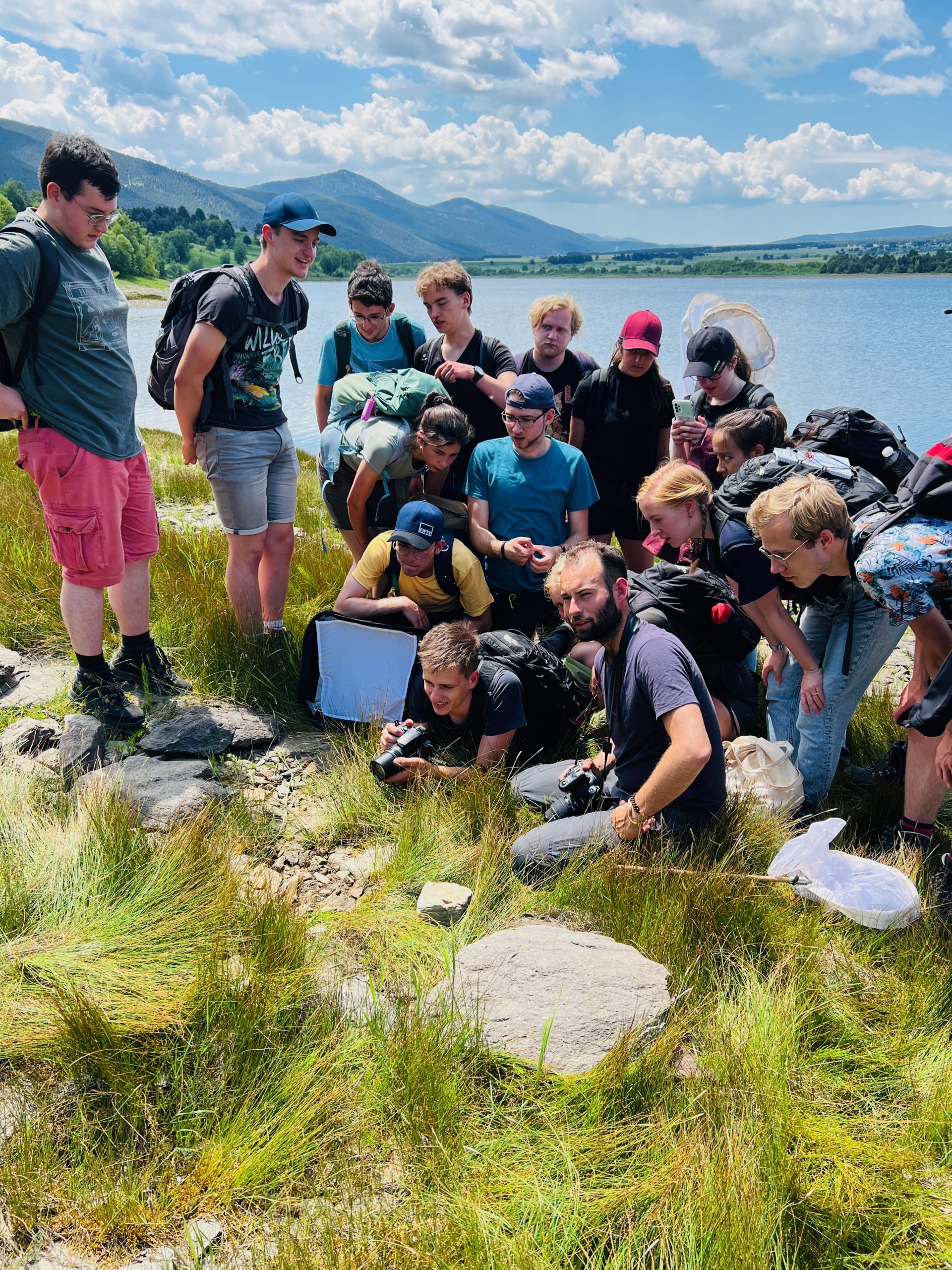 Photo Nina Fatouros
Photo Nina Fatouros 
